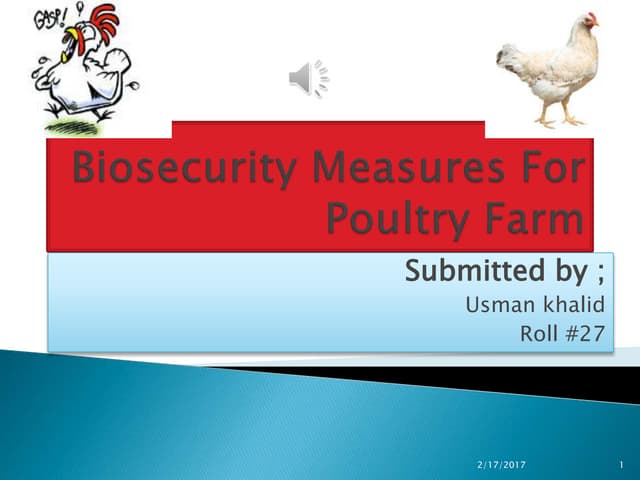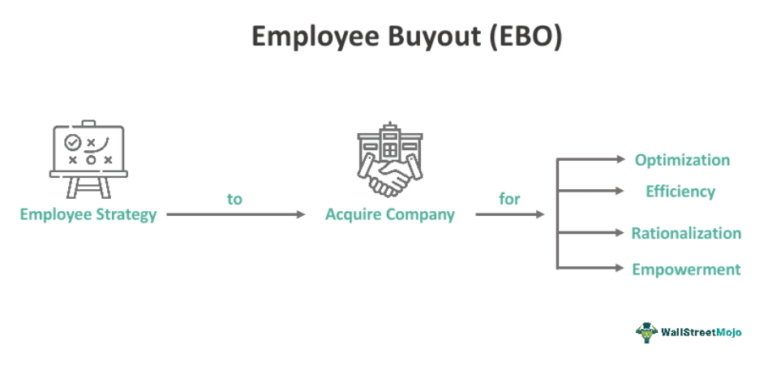
Audience
- Sentiment: Concerned
- Political Group: Farmers’ advocacy groups
- Age Group: Adults aged 30-60
- Gender: All genders
Overview
- Over 150 million birds have died in the U.S. due to avian influenza since 2022.
- The bird flu outbreak has led to significant supply shortages and rising egg prices.
- Farmers face emotional and financial challenges from culling infected flocks and investing in biosecurity measures.
The Battle Against Bird Flu: A Deep Dive into the Egg Industry Crisis
In recent years, a major crisis has been sweeping through the egg industry that many people might not think about while enjoying their breakfast. This crisis centers around something called avian influenza, commonly known as bird flu. Since 2022, over 150 million birds in the United States have lost their lives due to this severe disease. That’s a lot of birds! And unfortunately, it’s not just a problem for the birds; it has significant consequences for farmers, consumers, and the economy. So let’s unpack what’s really happening and why this matters to everyone—even if you’re just here for your morning omelet.
What Is Bird Flu?
Bird flu is a highly contagious virus that primarily affects birds. While the virus can infect various species, it poses the biggest threat to domesticated birds like chickens, ducks, and turkeys. When bird flu strikes, it can spread rapidly through flocks, often leading to the culling—or killing—of entire groups of birds to prevent further outbreaks. This is a drastic measure, but it’s necessary to control a disease that can spread like wildfire through closely packed farming environments.
Imagine living in a neighborhood where a contagious sickness is spreading. To protect everyone, you might have to isolate those who are infected until the danger passes. In the world of farming, that means making the tough call to cull flocks to keep the rest of the industry safe.
How Bird Flu Affects Prices and Supply
The consequences of these outbreaks extend beyond the farms and right into grocery stores. With so many birds being lost, there aren’t enough chickens to lay eggs, leading to acute shortages. This supply shortage causes prices to soar. Have you noticed that eggs cost more now than they did a couple of years ago? If so, there’s a reason for that! When the demand for eggs outstrips supply, prices go up, sometimes by a significant margin.
For many families, rising egg prices can put a serious dent in their budget, especially since eggs are a staple food. They are used in many recipes, breakfasts, and even in baking treats. If you enjoy making cookies or a hearty breakfast scramble, the egg price increase probably hasn’t gone unnoticed!
The Emotional Toll on Farmers
Let’s take a moment to consider the farmers themselves. These individuals are not just running businesses; they are caring for living creatures that they’ve nurtured and raised. Imagine having to make the decision to cull a flock you’ve raised from hatchlings. That’s not just a financial blow; it’s an emotional one. Farmers pour their hearts and souls into caring for these birds. Losing them—especially through a disease that can feel so out of their control—can weigh heavily on their minds and hearts.
Additionally, even though there is some compensation for the birds that are culled, it’s not the whole story. Farmers incur significant costs trying to keep their flocks safe before anything bad happens. They invest millions in biosecurity measures, which are strategies and technologies designed to prevent the virus from entering their farms. This includes things like truck washes so that vehicles coming onto the farm don’t bring in germs, employee showers to ensure that anyone entering the farm is clean, and installing barriers to keep wild birds, which can carry the disease, from getting close to their chickens.
The Cost of Prevention
Biosecurity measures can be highly effective but they also come at a high financial burden. Imagine putting up high-tech fences, creating sanitized zones, and hiring extra staff to monitor everything. These efforts add up quickly, and while they’re meant to protect the farms, they often dig deep into the farmers’ pockets—money that could be spent elsewhere.
What’s even more staggering is that after a severe outbreak, while they might receive some compensation for their losses, the recovery process can take a long time. Farmers need to ensure their land is free of the disease before they can bring in new birds, and this down time can lead to significant losses in income. They can’t sell eggs when they don’t have any birds to lay them!
Seeking Solutions
As this crisis unfolds, experts are urgently calling for better research into long-term solutions, like vaccination for domestic birds. Imagine if we could give chickens vaccines just like we do with pets or even humans. That could change the game entirely! Various research institutions and government bodies are looking into it, but results take time and funding.
Farmers often rally around each other, sharing strategies and knowledge. They actively seek out the best technologies and practices globally to keep their flocks safe. While the investment is challenging, farmers understand that their livelihoods depend on their chickens being healthy.
The Community and You
So, why should you care about this issue? Well, aside from the direct impact on chicken egg prices at the store, understanding this crisis connects us to the broader issues of food security and the emotional aspects of farming. Agricultural businesses are fundamental to our economy—and ultimately to our dinner tables. When we buy eggs, we aren’t just picking up a product; we’re contributing to a system that supports farmers, their families, and the communities around them.
As consumers, we can play a role, too. Understanding the challenges farmers face can foster empathy and support for local agriculture. Maybe next time you see eggs at the store, you’ll remember the struggle farmers are going through and appreciate how much work goes into your daily breakfast.
Conclusion: A Time for Action
As we continue to grapple with the impact of bird flu, it becomes clear that there is an urgent need for more robust measures and community support. Increased investment in research, government policies aimed at helping farmers, and consumer awareness are essential to help us move out of this crisis.
Now that you know more about this situation, what are your thoughts? Have you noticed the price changes, or do you have any ideas for how we can better support our local farmers in this challenging time? Share your thoughts in the comments below!





